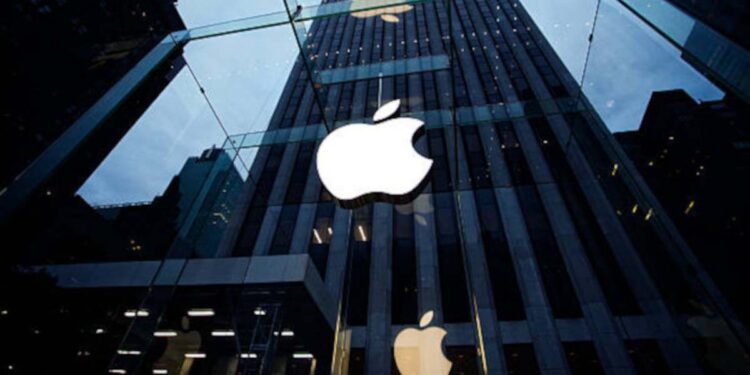There is no doubt that there are certain people and companies worth learning from, as their work formulas or problem-solving methods are key to achieving the position they are in. And if one wants to reach the top, they must often emulate what the big fish do.
In the business world, especially in the technology sector, Apple is one of those companies to follow. The American giant invented the world’s most popular and successful smartphone with the iPhone, as well as many other products and services that have positioned it as one of the largest and most popular companies in history.
This is achieved thanks to many aspects, but in today’s case, we are going to focus on a work formula that both Apple and many other large companies apply to ensure that their operations always go as planned, and in case they don’t, to clearly identify who is responsible for the failure.
What is the DRI formula
Directly Responsible Individuals, abbreviated as DRI, translates to Directly Responsible Individuals is the term coined in the company during the time of Steve Jobs and refers to those people who are responsible and leaders of smaller teams dedicated to specific tasks.
Within Apple, there are hundreds of people called DRI, and they do not have to be project managers. Despite having leadership roles, they also have tasks of cohesion and communication within the group. Every project, not matter how big or small, has a DRI and it is up to them to ensure that everything goes smoothly, and even within the same project, there may be other DRIs responsible for related subtasks.
Let’s take the example of the iPhone. In its production, there is a main manager, then it is divided by categories, where there will be another person responsible for the software. Below them, there will be DRIs in charge of audio, cameras, screens, or applications projects, and within each of these areas, there will be other DRIs who, in the case of audio, will be responsible for volume, sounds, vibration, and so on.
Advantages of using DRI in your company
This structural model used by both Apple and many other large companies has two major advantages. On the one hand, it is a perfect system for ensuring that responsibilities cannot be avoided, and having supervisors and managers assigned to even the smallest tasks makes it easy to find errors if something goes wrong.
This does not mean that the DRI has directly done something wrong, but being responsible, if there was an error, it should have been detected before approval. This way, the DRI is the ultimate responsible for their task and will ensure that at least what concerns them is done correctly.
The other great benefit of this technique is that by establishing responsibilities at each step of the project, decision-making is much quicker, because there is no need to constantly ask higher-ups if this or that is wrong, but each DRI has to make the decision they believe is correct, and having this position of DRI, it is assumed that they have the support and trust of higher-ups to carry out this task.


